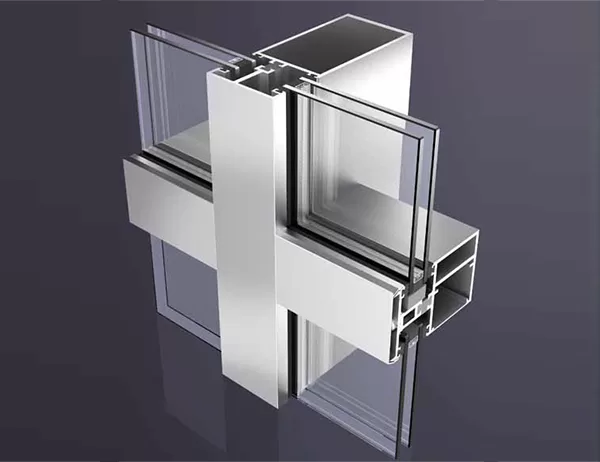Best Practices for Working with Aluminum Extrusion Suppliers: A Comprehensive Guide
When embarking on a project that involves aluminum extrusion, selecting the right supplier is crucial. The success of your project hinges on establishing a solid partnership with a reliable and competent supplier. This article provides a comprehensive overview of the best practices for working with aluminum extrusion suppliers, ensuring a smooth and successful collaboration.
Planning and Communication
Establish Clear Specifications: Before approaching suppliers, meticulously define your extrusion requirements. Specify the alloy, dimensions, tolerances, surface finish, and any other essential details. Accurate specifications will streamline the quotation process and minimize misunderstandings.
Communicate Effectively: Maintain open and frequent communication with potential suppliers. Clearly convey your project goals, expectations, and timelines. Inquire about their capabilities, experience, and lead times. Effective communication fosters transparency and builds a solid foundation for collaboration.
Supplier Selection
Evaluate Supplier Capabilities: Thoroughly assess the capabilities of potential suppliers. Examine their equipment, processes, and quality control measures to ensure they can meet your exacting standards. Consider their experience in your specific industry or with similar projects.
Check Quality and Reliability: Request samples or references to evaluate the supplier’s quality standards and reliability. Consider their certifications, industry reputation, and customer feedback. A reputable supplier will have a proven track record of delivering high-quality extrusions on time.
Technical Collaboration
Collaborate on Design: Engage with the supplier early in the design process. Seek their expertise in optimizing extrusion design for manufacturability, cost-effectiveness, and performance. Their insights can enhance the functionality and aesthetics of your product.
Address Technical Challenges: Explore potential technical challenges and solutions with the supplier. Discuss the feasibility of your design, potential issues with tolerance, and any necessary modifications. Open dialogue fosters innovative solutions and mitigates future delays.
Production and Delivery
Establish Production Schedules: Work with the supplier to establish clear production schedules that align with your project timelines. Monitor progress regularly and communicate any changes or adjustments promptly.
Ensure Timely Delivery: Regularly track orders and communicate with the supplier to ensure timely delivery. Discuss transportation arrangements, lead times, and any potential delays that may impact your project. Efficient logistics ensure seamless integration into your production process.
Post-Production Support
Receive Technical Assistance: Expect ongoing technical support from the supplier even after delivery. They should be available to answer questions, provide consultation, and assist with any potential issues or warranty claims.
Continuous Improvement: Foster a collaborative environment where feedback and suggestions are welcomed. Regularly review supplier performance, identify areas for improvement, and work together to enhance the partnership and optimize future projects.




